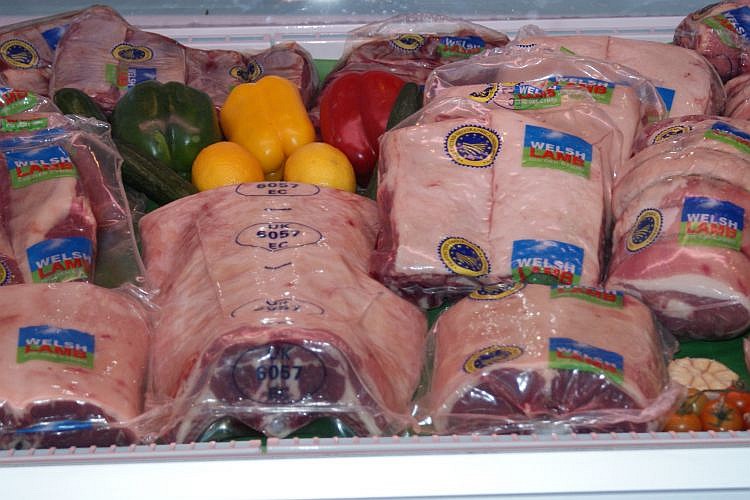
Improving the shelf life of Welsh lamb could help improve global demand for the product, Welsh Conservatives say.
The move has been identified as a key factor in helping Welsh lamb’s competitiveness in the domestic retail market, and attracting new export customers.
Despite a small improvement in shelf life reported earlier this year from around 21 days to 33 days, New Zealand remains the global standard.
New Zealand lamb has a shelf life of over 60 days for vacuum packed chilled lamb and up to 110 days for CO2 gas flushed lamb.
The Welsh Conservatives’ Shadow Minister for Rural Affairs, Janet Finch-Saunders MS, has written to the Welsh government calling for better training and funding support to improve shelf life.
The Shadow Minister's letter comes during Love Lamb Week, which runs from the 1 to 7 September 2020.
She said: “I am seeking an explicit commitment from the Welsh government to support the extending of shelf life for Welsh lamb so that this delicious and versatile product can be internationally competitive."
Successfully achieving a long shelf life depends on having clean and hygienic practices throughout the supply chain, as well as good temperature control once the animal has been slaughtered.
"For this to come to fruition, in both an expedient and time-limited manner, better channels of funding and training support must be offered by the Welsh government," Ms Finch-Saunders added.
“This iconic Welsh product has special characteristics that cannot be replicated anywhere else. It’s a fantastic and sustainable product, which contributes considerably to the estimated £690m red-meat industry in Wales."
She said extending the shelf life of Welsh lamb would send a powerful signal of support for the Welsh product and rural communities.
